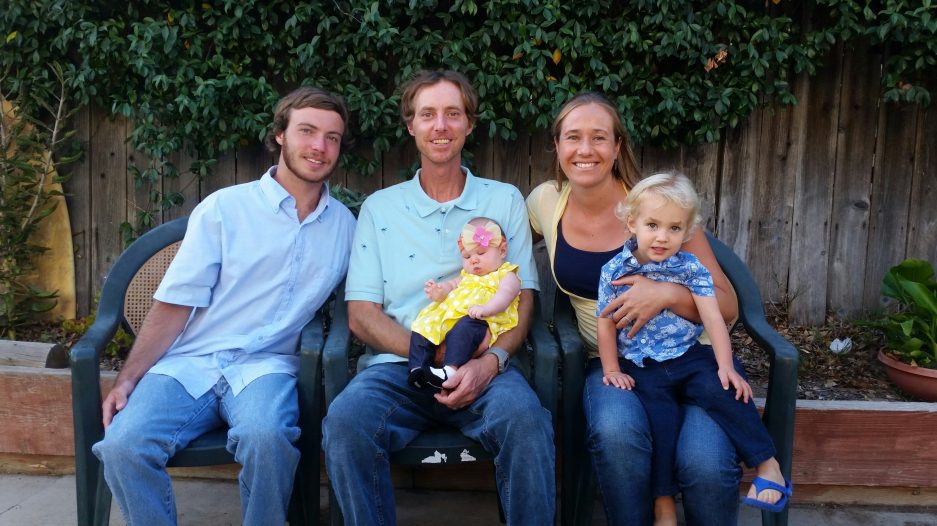Topic 1: Sensory Processing
(This is the first part of a series of posts leading up to Rare Disease Day on February 28th. I will cover different topics related to Coral and dup15q. Thanks for following along!)
Coral needs to move everyday in certain ways. Meeting her sensory needs is as pivotal to her life as breathing is to all of us. It’s essential.
Throughout the day, I watch Coral lean backwards in almost a complete back bend, move into down dog (seemingly resting her whole body weight just on her head), shake her head back and forth while looking upwards and turning in circles, crash into objects, lick things, put things in her mouth, or jump up and down.
Sometimes I do have to step in for Coral’s safety (at times her sensory needs appear to supersede safety awareness). But other times I just watch her move around in her own way.
Before Coral, I may have thought it was “strange” or “weird” to see a child or adult move in such large and unique ways, but now I see these movements as a part of Coral. She seems to experience the sensory world in a very unique way. These movements also tell us about what she may need in a day— more vestibular activities (swinging, spinning, sliding, jumping) or more opportunities for touch (playing with beans or rice).
Sensory processing differences are often a characteristic of autism and dup15q. People can be under sensitive and/or over sensitive to different sensory stimulus. This manifests in different ways, depending on the person.
For Coral, she often seeks certain sensory input related to movement, balance (her vestibular system), touch (deep squeezes), sound (musical tunes) and moving objects (she holds items very close to her eye to watch them spin). She can hum a new tune with better pitch than I could ever dream.
At the same time, other sensory input can be completely overwhelming and lead to a meltdown— the sound of a spoon against a glass bowl, crowded locations with a lot of noise (not musical), haircuts, cutting her fingernails, brushing her teeth, sometimes the sound of the bathtub filling with water, sudden laughter, or her little brother’s cries. The amount of overwhelm these (and other sensory stimulus) create can vary from day to day. Also, the cause of her sensory meltdowns can and do change.
Coral’s sensory experience is different from mine. As such, I have found it helpful to listen to autistic people explain their experiences during a sensory meltdown. (See the link in the bio to a great article where autistics share their experiences.)
Learning more about sensory processing differences allows me to view Coral’s neurodiversity with more empathy. It helps me to better understand what she may need to fully access the world around her.
It also helps me to remember Kim Barthel’s (an occupational therapist’s) words, “Put my mind in the mind of the person in front of me.”
It’s not Coral. The problem is in the world’s rigid, narrow expectations for how Coral should move, think and speak, and the barriers to access that result from such rigidity.
It’s long past time for the world to become a more flexible and accessible place for Coral and the neurodiverse population.

2 thoughts on “I Like to Move It, Move It”